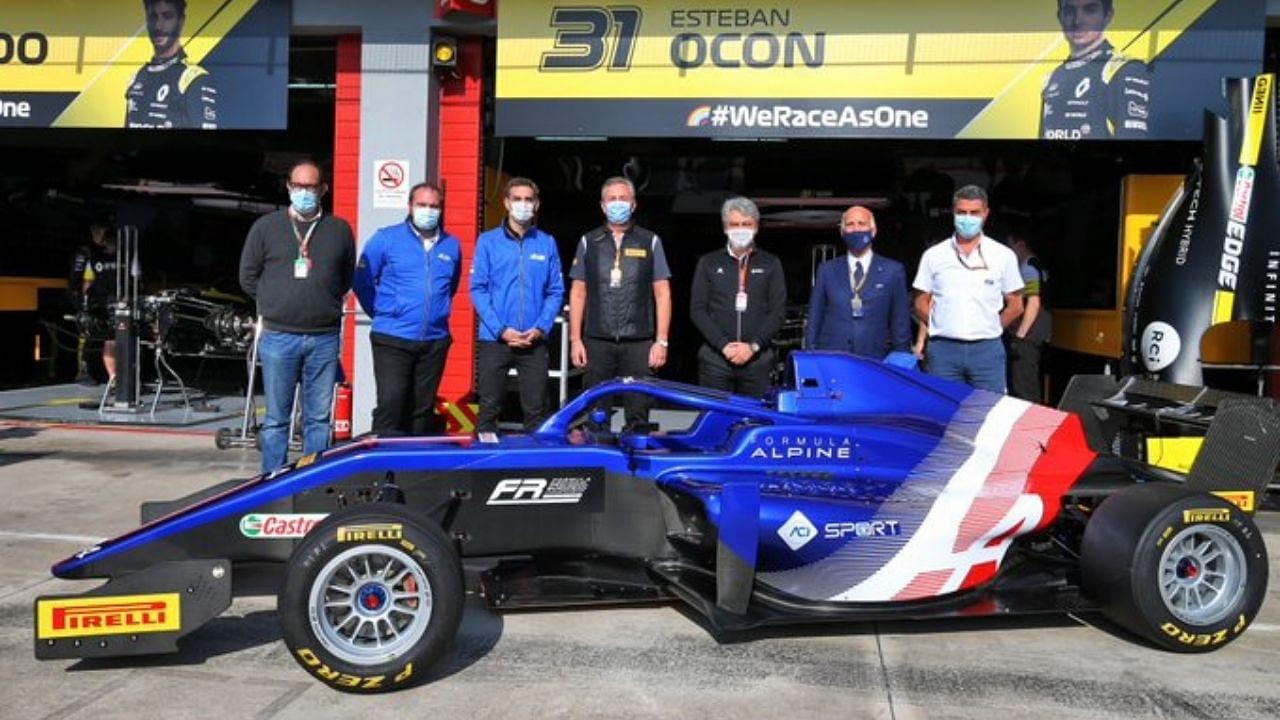Alpine, the rebranded form of Renault reveals its 2021 livery for 2021 season ahead of the Emilia Romagna Grand Prix qualifying round.
Renault has confirmed that it will rebrand its F1 team name to Alpine from 2021 season and ahead of the Emilia Romagna Grand Prix, they revealed their livery for their first season in the re-branded era.
The concept car presented was majorly coated with the Blue colour with few other minor parts also covered with black, white, red and pink colour, boasting the colours of the French national flag.
Formula Regional European Championship is set to merge with Formula Renault Eurocup to create an all-new competition – Formula Regional European Championship by Alpine – certified by FIA.
For all the details 👉 https://t.co/vGNOkt8Zdn#Alpinecars #RSspirit @fia @ACI_Italia pic.twitter.com/TeZ28njiMi
— Renault F1 Team (@RenaultF1Team) October 31, 2020
The team will have Esteban Ocon and Fernando Alonso (making a return to the sport) in their driving seats for 2021. Renault released a statement in September about the imminent change, introducing the new name to the sport.
Making it the second team in F1 to re-brand themselves ahead of 2021 (first being Racing Point to Aston Martin). The team will still be headed by team principal Cyril Abiteboul, using their own Renault engine.
Why Renault changed to Alpine
In a statement given by Renault Group, CEO Luca de Meo described Alpine as “a symbol of French excellence”. De Meo said the idea was to emphasise the company’s French nationality and raise the prominence of the Alpine brand and that he was “confident it could be a very good story”.
Initially, an independent company Alpine was always closely related to Renault and was acquired by the latter in 1973 and the name has periodically been used in the manufacturer’s rallying and endurance racing programmes.
The move comes as F1 builds towards the new 2022 regulations, which are aimed at bringing the field closer together and which Renault hope will enable it to return to competitiveness.
The rules include limits on spending and technical regulations that have been designed to reduce the ability of teams to create a huge performance advantage – and instead, ensure cars that can race closer together.





